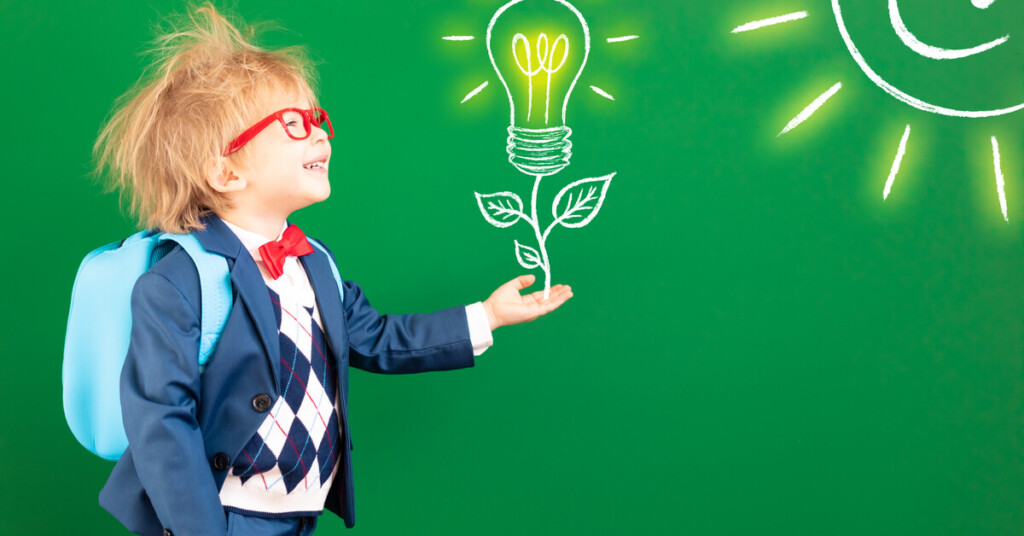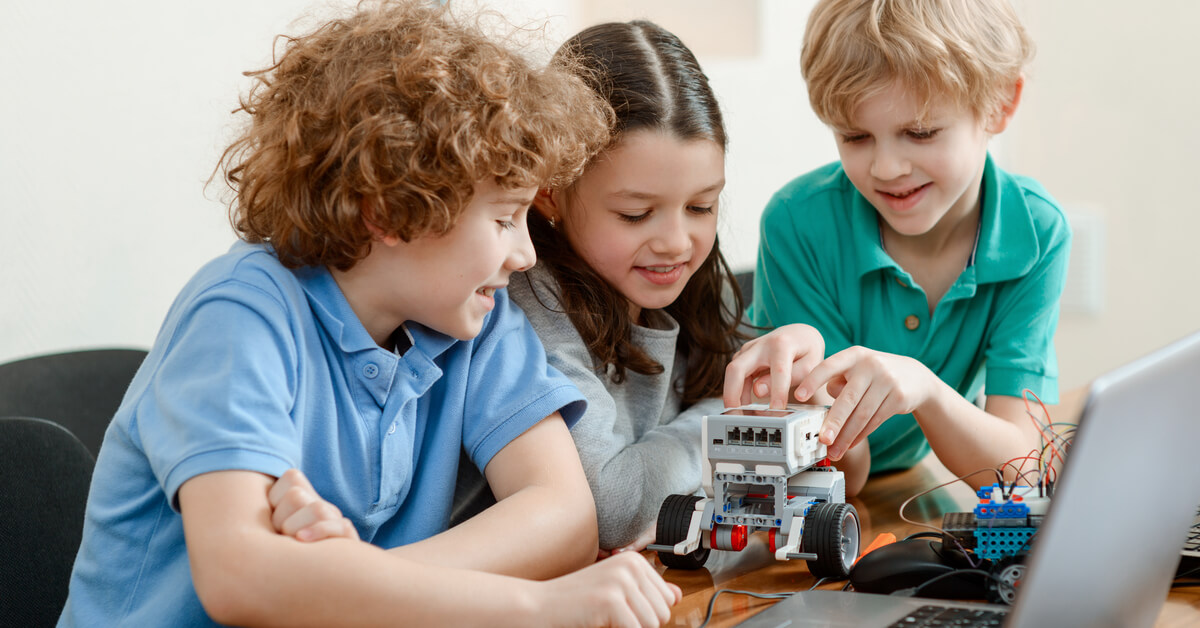In the U.S. educational system, July is always a good month to take time off, relax a bit, and reflect on the coming academic year. I know many of you work on a different calendar (and are still working hard!) but Project-Based Learning Week is the perfect opportunity to pause and deepen your understanding of PBL. There’s always room for better thinking, and each day I’ll post a short article to highlight the complexities, challenges, and opportunities inherent in PBL.
The theme for this week is ‘Why is Real PBL So Critical to the Needs of the Whole Child?’ That’s a good place to start. What do we hope to achieve with PBL? Why choose PBL over other methods for teaching and learning? And what signs of success should we look for in students?
These aren’t easy questions. In fact, just to get at some of the answers requires four articles or more. I think there is agreement on one answer: Most of us in education are dissatisfied with the old ‘hand it in, hand it back’ school culture, in which students focus on test results and grades rather than diving deep into the process of learning. PBL promises the opposite: In PBL, the process of learning is the product, as the saying goes.
This is a huge shift in perspective, affecting everything from grades to teacher skillfulness to student expectations for their learning. It also seriously clouds the outcomes question. In industrialized education, the markers for performance were external, based on visible rankings bestowed by correctly answering a set of questions posed by a teacher. Most often, we looked for replication — the ability of the student to mirror in the exam paper what had been delivered in the classroom. Now, the standard is creative performance and the ability to provide a reasonable answer to an open-ended question. The old metrics of the ‘A’ as a sign of excellence, for example, don’t fit well with this new model.
A second answer as to why to choose PBL is this: We don’t have a choice. The world has entered a new phase. I won’t belabor this. Let’s just say that teaching students how to learn, not just what to learn, is critical. And people learn by doing. That means it’s inevitable that we’ll leave behind external metrics in favor of personal process, skill-based achievement, and the exhibition of strengths — the measures of internal growth critical to success today. Demonstrating knowledge acquisition is still important; that won’t go away. But expanding knowledge and turning it into an active, creative commodity is the deeper challenge today. That’s a journey that requires a wide-awake learner.
Now, to the heart of the problem. When we don’t know exactly what we’re looking for, and we don’t know exactly how to measure it, everything turns very fuzzy. How do we put a value on resiliency, agility, or curiosity? This isn’t just a PBL challenge; it’s an educational and workforce challenge. What constitutes great performance? What is mastery in today’s world?
This is why PBL teachers can be frustrated when trying to explain the success of a project. I remember the pride shown by a team of fourth-grade students as they participated in a Presentation of Learning to parents and shared the results from a creative PBL science project. (Their problem to solve: Educate parents and community about how common devices like TV’s and phones rely on wave technology.) What I observed was something familiar at the end of successful projects. I call it brightness.

Brightness is hard to define, but certain markers identify it: Big eyes, with greater than usual sparkle; wide grins; lots of excited chatter; deep concentration; and body language that signals increased confidence and maturity — exactly what those 4th graders were demonstrating.
Moreover, the underlying cause of brightness is no mystery. It’s a natural byproduct of exceptional human performance driven by the opportunity to thrive and shine, and a state of being reached by learners of all ages when they accept a challenge, engage in creative work, experience intellectual mastery, trade ideas, find joy in trying and persisting, craft an acceptable solution, discover new facets about themselves, sense their growth, and share the whole process with someone who cares.
Do educators like brightness? Of course. It’s a fuzzy outcome, but it warms the heart of every teacher because it’s direct evidence of internal awakening. ‘Iceberg’ traits such as curiosity, creativity, and openness have been stirred. Visible joy equals meaningful learning (and often leads to higher test scores). The whole child has been activated.
I know this is frustrating to educators (and state agencies) seeking valid ranking or assessment systems, but I don’t find that good PBL educators share that disappointment. In fact, educators who are drawn to PBL embrace the opportunity to help a young person grow through project-based work — and to see the results at the end. Personal growth has little to do with comparative ranking.
I believe also that fuzzy outcomes point toward the right side of history. At some point, they will be considered primary outcomes rather than chance byproducts of an academic system. PBL facilitates challenge, exploration, growth, and mastery — the foundation for human growth, so PBL will play a central role in meeting that ambitious goal. In fact, there’s a lot of noise in education right now, but only one signal: The need to invent a system designed for brightness so that inner strengths routinely surface in children — or what I term a coherent human performance system.
We’ll take on that question and some of the others in the next article. Enjoy the week!
Looking to take your PBL professional journey beyond the beach this summer? Enroll in the PBL Global School and join over a thousand teachers from all over the world. Three FREE online courses focused on designing and facilitating high-quality projects. And here’s insider information: They aren’t really courses. No eval, no proctor. Just you and your computer or mobile device creating a Playlist of great tips, resources, and curated videos. https://pbl-global.teachable.com/
For schools embarking on the larger journey, check with me at [email protected] to bring me on board as a year-long coach for staff and leadership. Everything from individual project feedback to creating a powerful school-wide plan for PBL success. And for cutting-edge PD, try this: A three-day PBL Design Challenge, all done online through my partnership with the EdTech Award Winner Massive U. Learning while planning and having fun. That’s an idea!


excellent